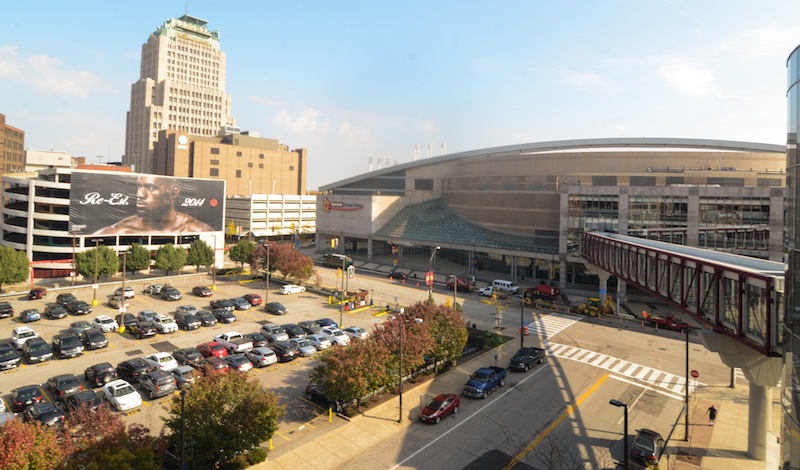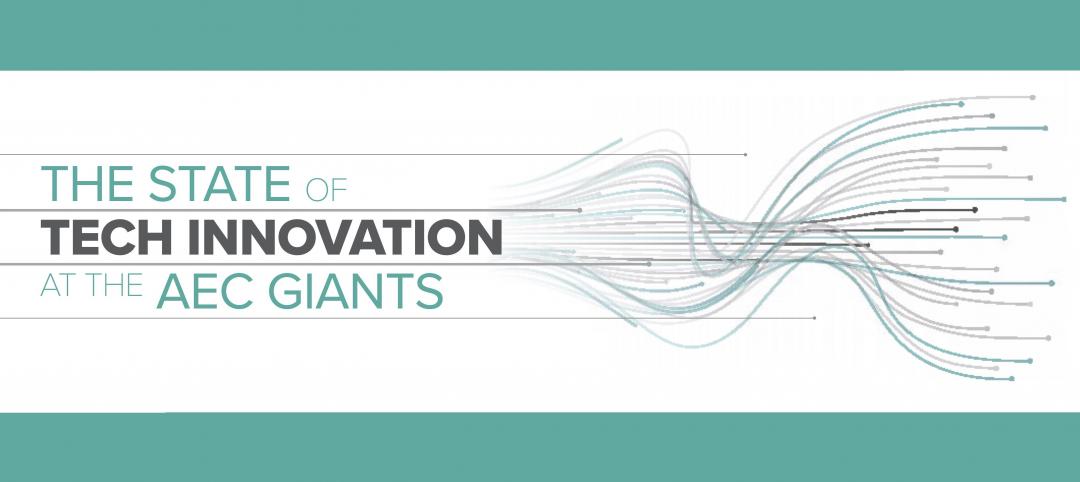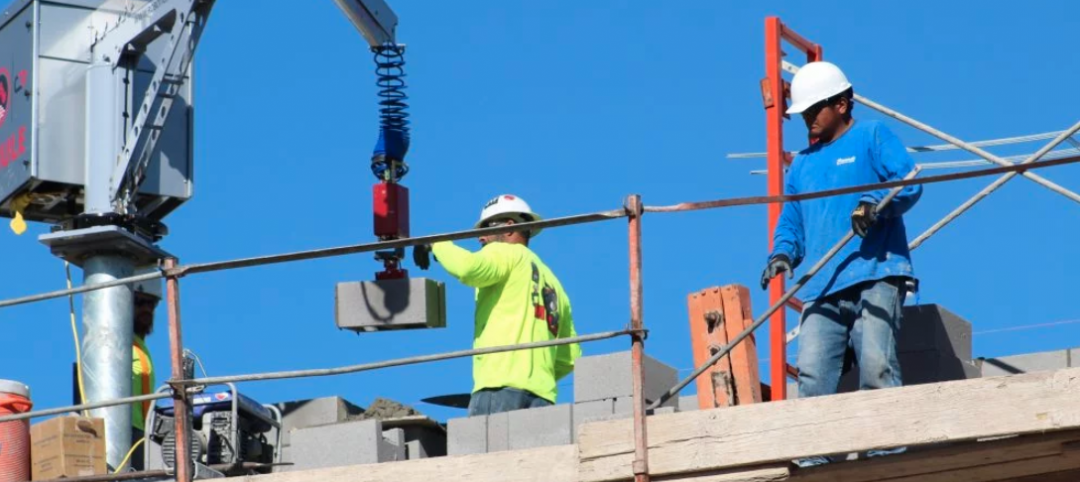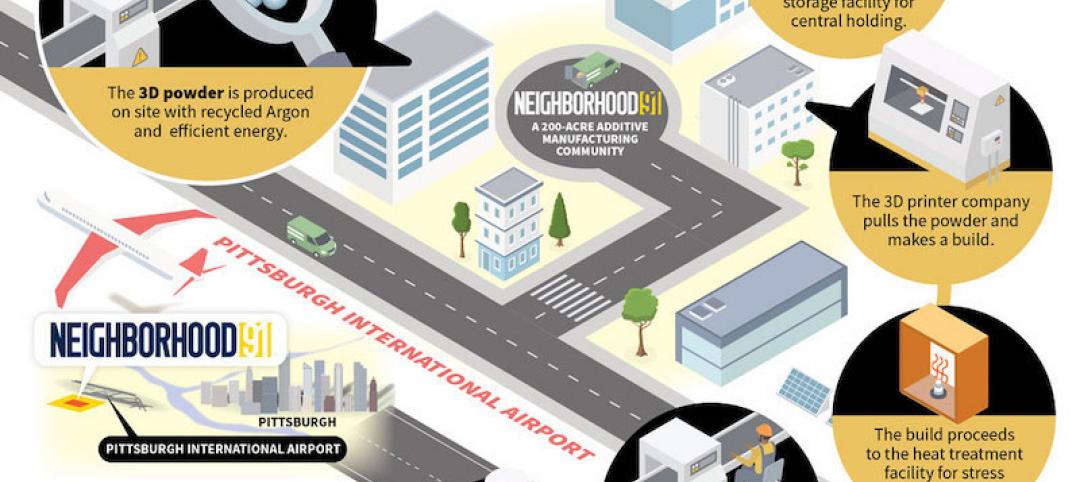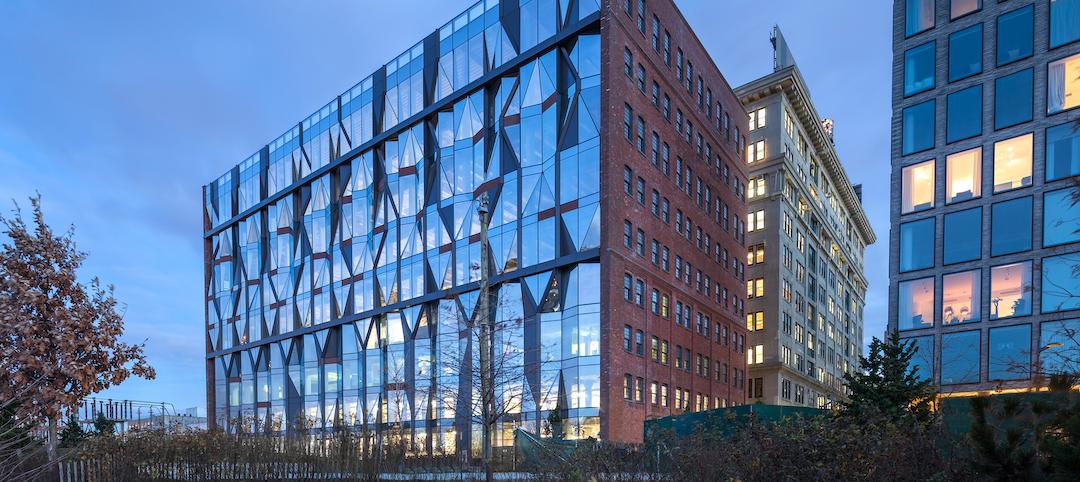Many of us have been frustrated at trade shows or sporting events where your cellphone can’t get reception because too many other people there were trying to use theirs at the same time?
Now consider the Republican and Democratic National Conventions, to be held over the next few weeks in Cleveland and Philadelphia. Each event is expected to attract something like 20,000 delegates, guests, and media, virtually all of whom will be using their cellphones to make calls, send texts and tweets, up- and download videos and images, and check social media sites, often minute-by-minute or even second-by-second.
The wireless networks at Quicken Loans Arena in Cleveland and the Pennsylvania Convention Center (which will continue to be open to the public during the Democratic event) expect to be able to handle this traffic thanks to distributed antenna systems (DAS) supplied by SOLiD, whose ALLIANCE product can support multiple carriers and public safety bands to ensure reliable connectivity in the buildings and surrounding venues and transportation centers.
DAS technology extends a building’s existing’s wireless coverage where it’s needed, so people can stay connected everywhere. SOLiD’s ALLIANCE product line provides robust edge densification to the carrier networks, “and gives them enough power to reach the handset and handle more traffic,” says Ken Sandfeld, president of SOLiD’s Americas division, based in Sunnyvale, Calif. “This year’s political conventions are the most connected and reliable in history.”
SOLiD has been installed in Quicken Loans’ arena for three years, and in 2015 underwent a major upgrade to 5-watt remotes, from 1-watt units, in order to accommodate extra carriers. (It’s not uncommon for mobile carriers to join a DAS at a large venue in anticipation of a big event where they expect a lot of their subscribers will attend.)
There are now 76 SOLiD ALLIANCE DAS units installed at Quicken Loans Arena, where the Republicans’ shindig kicks off on July 18. Verizon operates the network (built by Henkel), and is one of four carriers, along with Sprint, AT&T, and T-Mobile. Additional zones have been added to the DAS to address foot traffic on the floor of the arena during the convention. (AT&T has also been working on improving its bandwidth and reception inside the arena.)

Fifty-eight 20-watt DAS units, supplied by SOLiD, have been installed throughout the 2.2-million-sf Pennsylvania Convention Center in Philadelphia, where the Democrats will hold their presidential convention. Image: Wikimedia Commons
SOLiD is new to the massive Pennsylvania Convention Center, where the Democratic convention starts on July 25. The DAS network there covers 2.2 million sf, and includes 58 SOLiD ALLIANCE 20-watt DAS units installed for radio-frequency coverage. InSite Wireless built and owns the network. T-Mobile will cover the full facility, while AT&T will cover the lower levels of the convention center and the lower level of the nearby Reading Terminal Market.
Sandfeld anticipates that, with the proliferation of wireless devices, DAS installations will become more common, and not just in large venues or stadiums. “In the last few years, high-definition streaming video alone has been driving massive amounts of capacity needs. The number of instances where carriers are connecting [to DAS systems] is growing. And the systems are getting cheaper. I can see a time when all buildings have a system.”
However, not every building is a candidate for DAS unless a carrier is in the picture. That’s why Sandfeld recommends that developers and property managers that are considering DAS find experienced partners “that know how to work with carriers.”
Related Stories
AEC Tech | Feb 13, 2020
Exclusive research: Download the final report for BD+C's Giants 300 Technology and Innovation Study
This survey of 130 of the nation's largest architecture, engineering, and construction firms tracks the state of AEC technology adoption and innovation initiatives at the AEC Giants.
AEC Tech | Jan 16, 2020
EC firms with a clear ‘digital roadmap’ should excel in 2020
Deloitte, in new report, lays out a risk mitigation strategy that relies on tech.
| Dec 18, 2019
Reconsidering construction robotics
After decades when experts predicted that robots would become more prevalent on construction sites, it would appear that the industry has finally reached that point where necessity, aspiration, and investment are colliding.
75 Top Building Products | Dec 16, 2019
Top Building Systems Products for 2019
FabricAir’s ceiling-hung fabric duct and Ellumi Lighting’s bacteria-killing lights are among the 13 new building systems products to make Building Design+Construction's 2019 101 Top Products report.
75 Top Building Products | Dec 12, 2019
Top Building Envelope Products for 2019
Sto's beetle-inspired exterior coating and Dörken Systems' UV-resistant vapor-permeable barrier are among the 28 new building envelope products to make Building Design+Construction's 2019 101 Top Products report.
Building Tech | Nov 8, 2019
Pittsburgh is developing a one-stop-shop campus for additive manufacturing and 3D printing
Neighborhood 91 is the latest tech venture for the city’s airport authority.
Multifamily Housing | Sep 12, 2019
Meet the masters of offsite construction
Prescient combines 5D software, clever engineering, and advanced robotics to create prefabricated assemblies for apartment buildings and student housing.
Codes and Standards | Sep 9, 2019
Free app calculates maximum allowable heights and areas for buildings
A free app that calculates the maximum allowable heights and areas for buildings of various occupancy classifications and types of construction has been released.
AEC Innovators | Aug 15, 2019
Oracle’s replica of a construction jobsite creates an immersive environment for AEC professionals
The Oracle Construction and Engineering Innovation Lab allows visitors to walk through five different stages of construction work, to test new AEC technologies and training techniques.
Building Tech | Jul 24, 2019
Building façade innovation: Water won’t dissolve this sugar cube
10 Jay Street’s unitized “sugar crystal” façade was engineered to withstand the water and wind from New York’s East River.


